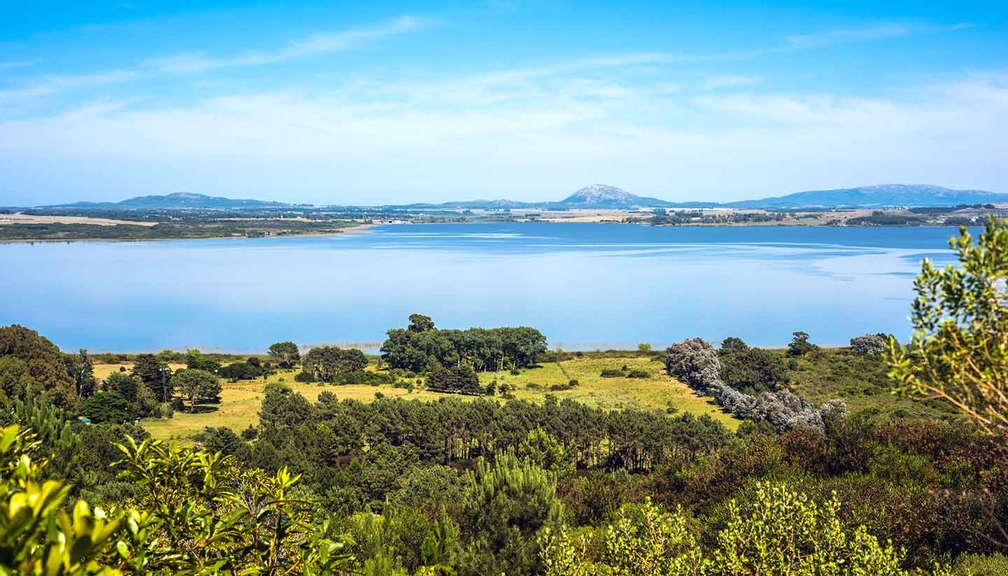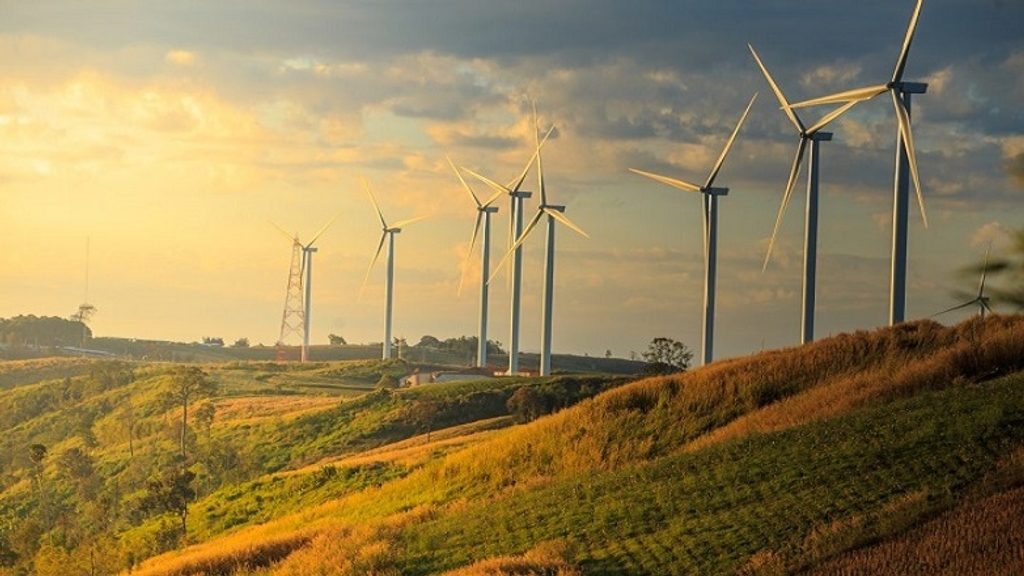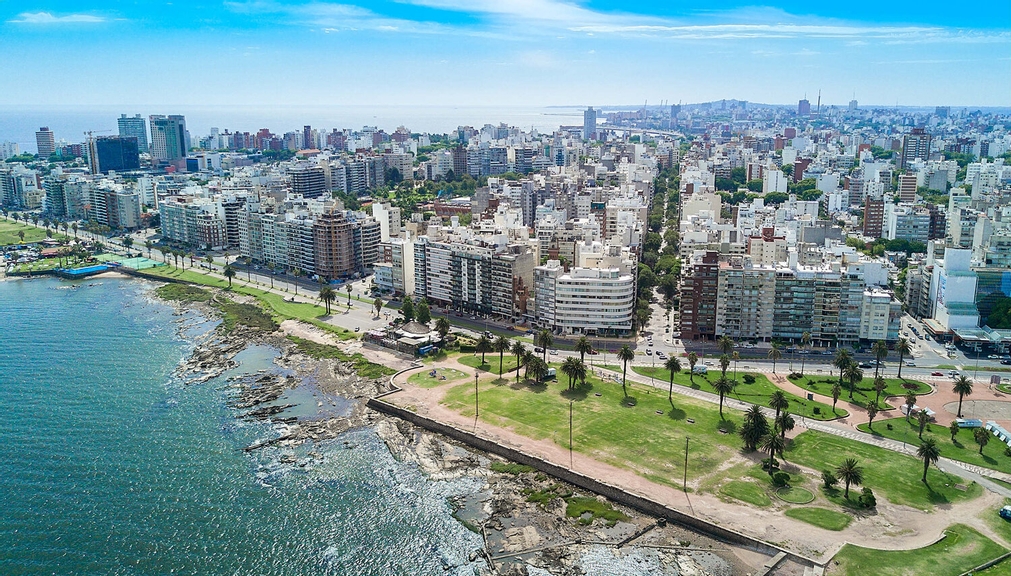How Uruguay is leading the green energy charge
Uruguay is in the eastern temperate zone of South America, with a landscape dominated by natural grasslands interspersed with native forests, palm groves, wetlands, valleys, and coastal lagoons.
The race site for the Uruguay Natural Energy X Prix sits near the sandy beaches of Punta del Este, on the Atlantic facing, 660km long, coastline in South-eastern Uruguay.

Uruguay is highly vulnerable to climate change given its exposure to multiple climate hazards such as drought, flooding, heatwaves and strong storms. The absence of mountains, which act as weather barriers, makes all locations more vulnerable to high winds and rapid changes in weather.
As the result of global temperature increases, Uruguay is expected to have temperatures increase 3 °C by about 2100 and there is also an expected increase in precipitation. Increases in rain in Uruguay and Argentina during 2018 was estimated by the World Meteorological organization to have caused $2.5 billion in damage.
Climate change is one of the main challenges cities will have to face in the coming future. Mitigation and adaptation are the two main approaches to cope with the effects of climate change, and Uruguay is a prime example of a nation adapting its urban and economic infrastructure with sustainability in mind.

Extreme E’s decision to race in Uruguay was instigated not only by the challenging climate issues that this region is facing, but also the way the country has adapted to cope through an impressive approach to renewable energy.
Uruguay is on a transformative path in terms of sustainable energy solutions, based on a long-term policy and institutional framework that is continuously adapted as the we learn more about climate change.
Despite being the second smallest sovereign nation in South America, Uruguay is leading the green energy charge on the continent. This small country has made it to the top five in wind and solar energy producers worldwide.
Historically, the Uruguayan energy system was dependent on hydroelectric power generation, which left the country vulnerable to adverse weather conditions. Years of low rainfall resulted in low hydroelectric power generation, which had to be compensated by increased use of oil and its derivatives in thermal power plants or through electricity imports.
Over the past decade, Uruguay has dramatically shifted its energy matrix to renewable sources. This process has placed Uruguay at the forefront of renewable energy use in the world.

98% of Uruguay's electricity generation originates from renewable sources. In particular, the contribution of wind energy positions Uruguay as a world leader in the sector alongside Denmark, Ireland and Portugal.
In fact, Uruguay is generating so much renewable energy that they’re able to export it to their South American neighbours, Argentina and Brazil – and they’re still on the lookout for extra ways to put it to use!
The next stage of the energy transition includes several challenges, among which is the development of a hydrogen-based economy for both the local market and for export.
In 2021, Uruguay’s Ministry of Industry, Energy and Mining (MIEM), the state oil and gas company (ANCAP), the state electricity company (UTE) and other public entities developed a National Green Hydrogen Strategy. Hydrogen produced from renewable sources, called green hydrogen, will play a key role in the decarbonisation of the energy and feedstock sectors for the country.
At the heart of Extreme E’s missions is the promotion of electrification in the automotive industry. In Uruguay, the transport sector is the main consumer of petroleum derivatives and the second largest consumer of energy after industry. Their next objective is to electrify urban public transport, company fleets and applications, as well as to promote electrification among private vehicles.

The country is already making strides in this area with the first electric road in Latin America boasting 53 charging points. The National Administration of Power Plants and Electrical Transmissions (UTE) has also developed a network of electric vehicle charging points around the country.
In May 2022, there were 89 charging stations and 122 chargers, distributed in most departments of the country. The Government of Uruguay is also providing incentives and subsidies to increase the fleet of electric taxis and buses in the country. Not far from Extreme E’s X Prix location, the municipality of Montevideo is planning to double the number of electric taxis on the road by 2023.
After last year’s dramatic ending to the inaugural Extreme E season, the finale to the 2022 campaign promises to be just as climatic. The countdown is on to the Season 2 finale event, as the Championship looks forward to heading to Punta del Este for a showdown in just under a month’s time.